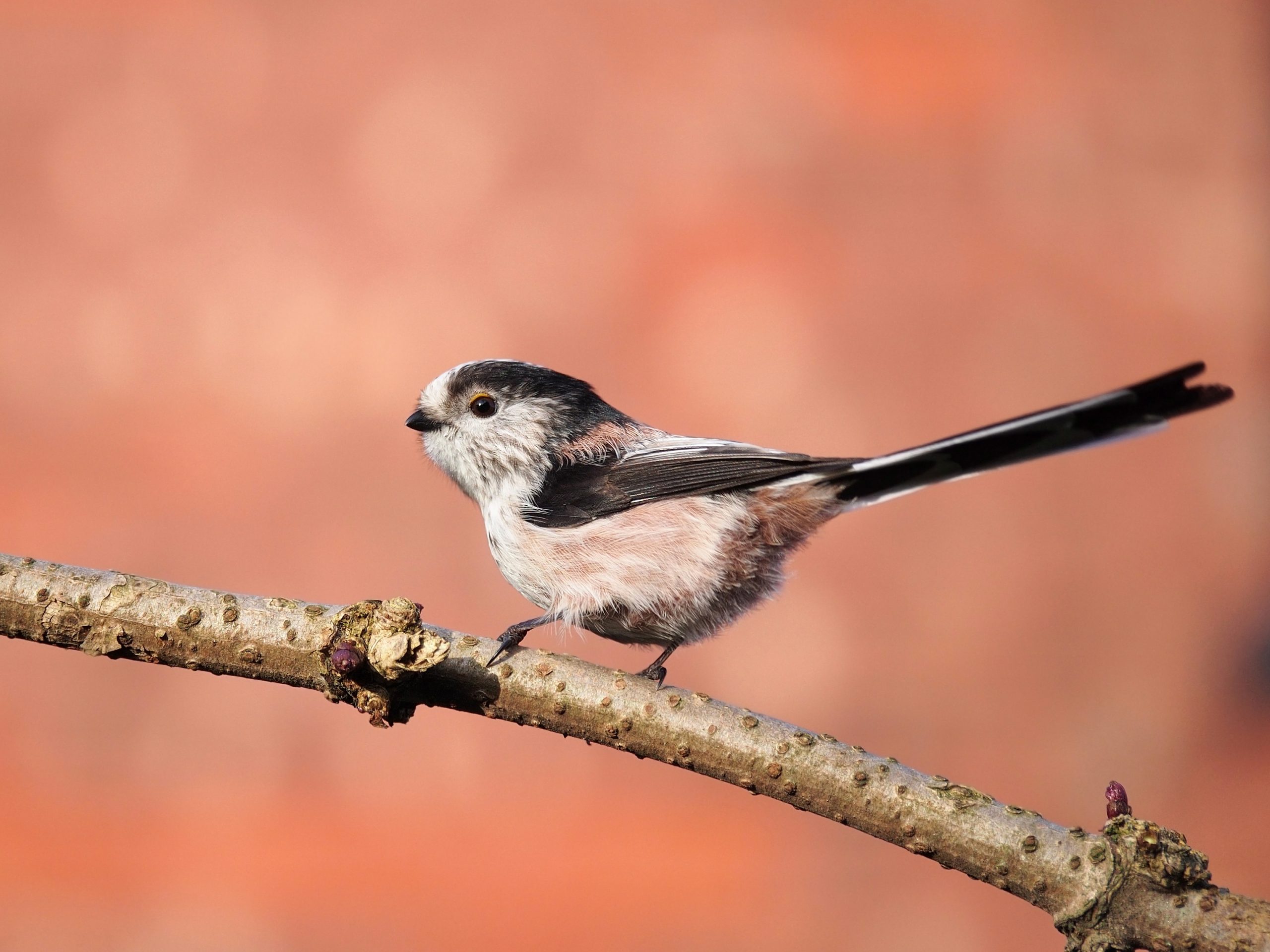Watch this video to learn more about birds in the cemeteries:

Learn more about our bird film stars
Meet the crochet birds made by artist Emily Doyle and compare them to illustrations by RSPB.
Redwing
Redwings are members of the thrush family and migrate to the UK in the winter. They don’t usually visit gardens except in cold snowy weather, preferring to feed in open spaces like fields and along hedgerows. They eat berries and worms.
Length: 21cm
Wingspan: 34cm
Weight: 63g
Average lifespan: 2 years
When to see – September to April
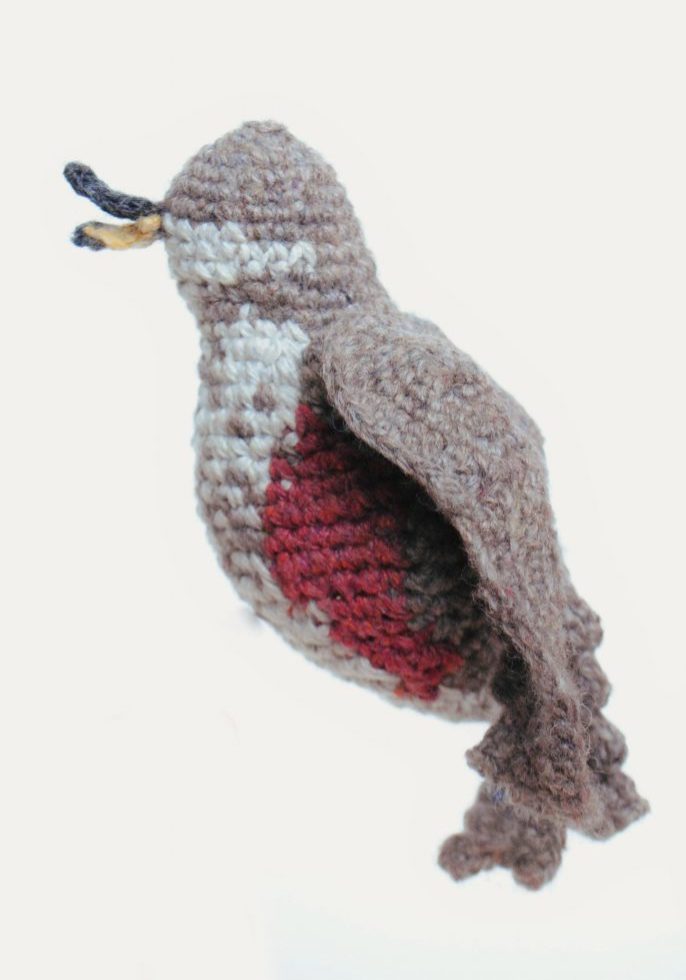

Wood Pigeon
The largest and most common pigeon in the UK, it has a cooing call and makes a loud clatter with its wings when it flies away- you might be able to spot white patches on its wings when it flies. Wood pigeons live in the countryside and also in towns and cities, where they can be quite tame. They eat crops including cabbages, sprouts, peas and grain. They also eat buds, shoots, seeds, nuts and berries.
Length: 42cm
Wingspan: 78cm
Weight: 450g
Average lifespan: 3 years
When to see: All year round
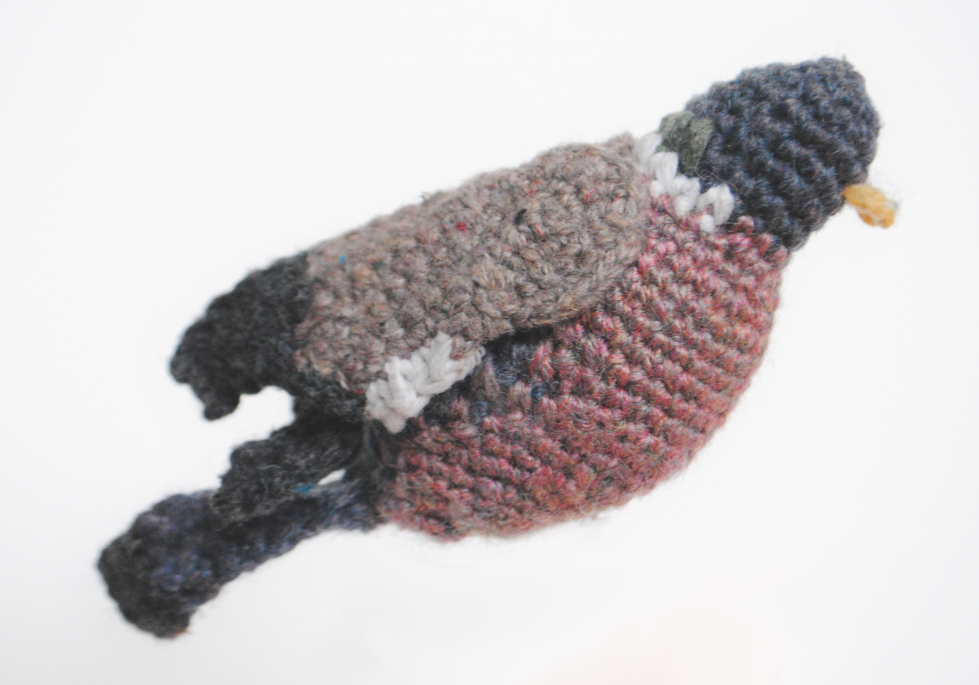
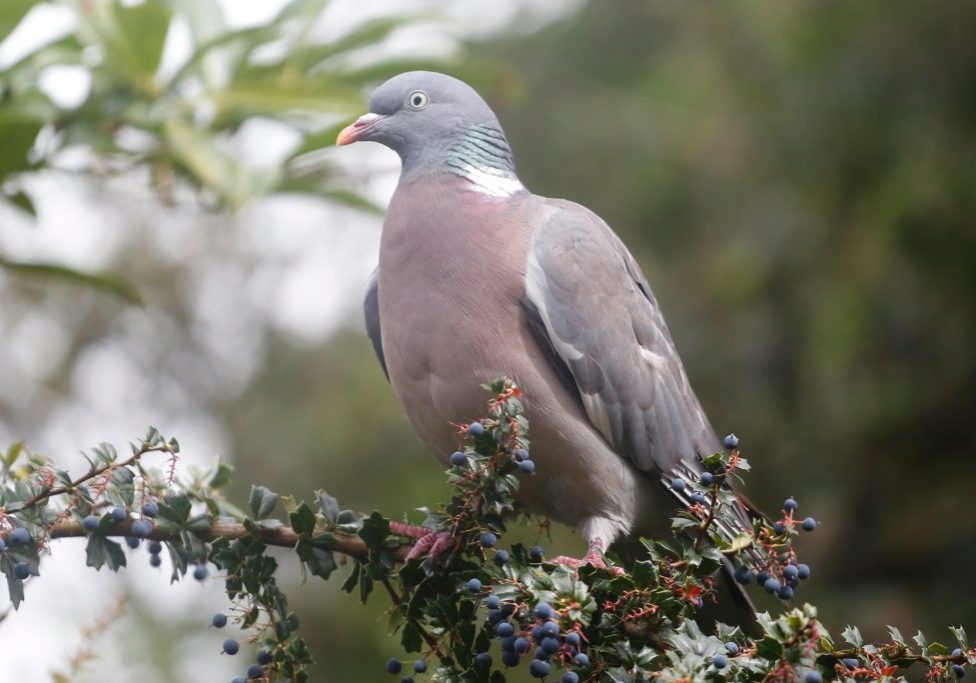
Long Tailed Tit
Long tailed tits are easy to recognise because they have small and round with tails longer than their bodies. They are usually found in small excitable flocks of about 20 birds. Like other tits, they like to live in trees and bushes in woods and hedgerows. They usually eat insects, but sometimes eat seeds in Autumn and Winter.
Length: 14cm
Wingspan: 18cm
Weight: 9g
Average lifespan: 2 years
When to see: All year round
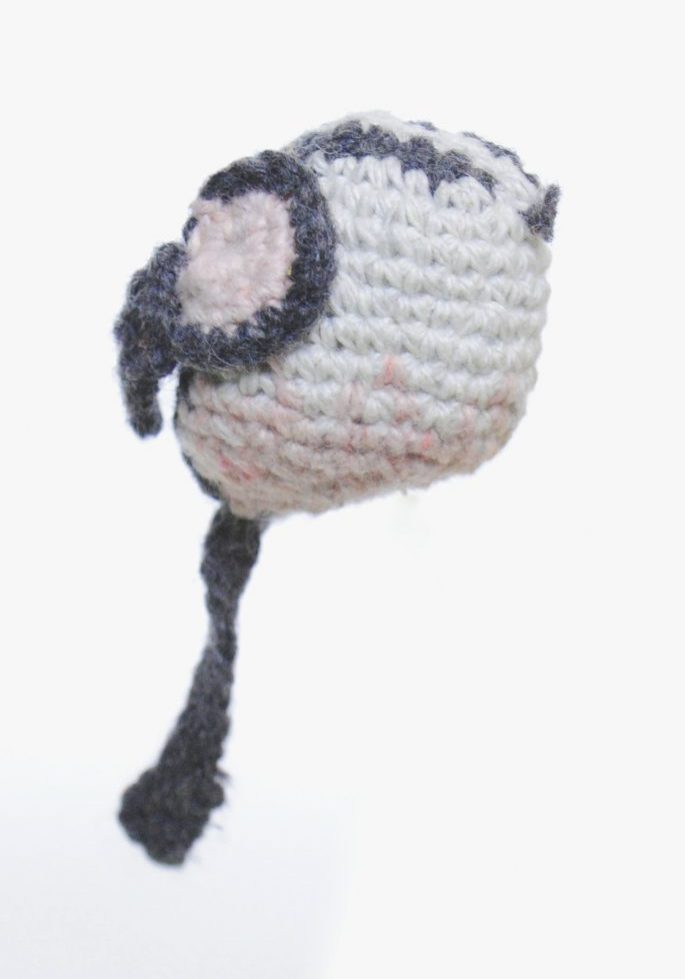
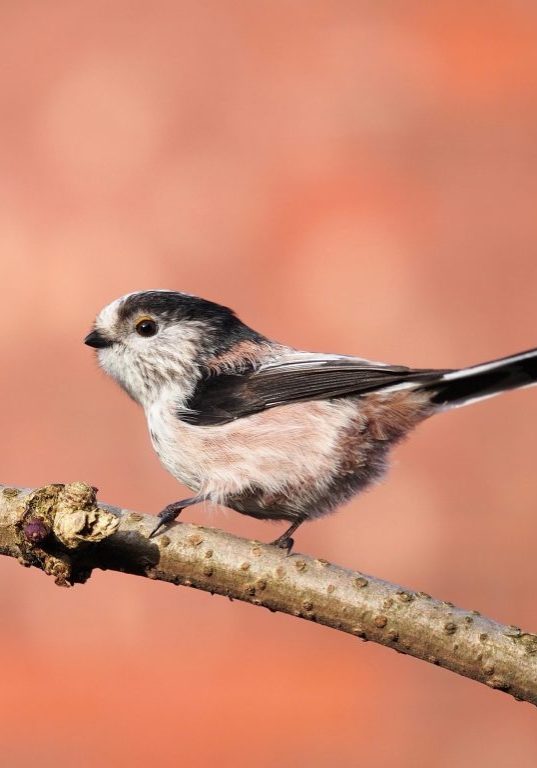
Linnet
Linnets are members of the finch family. Males have crimson foreheads and breasts, but females are more brown. They have a melodious song and often twitter as they fly. They may be seen in large flocks during the winter and eat seeds and insects. Since the 1970s their population in the UK has declined by 57%.
Length: 14cm
Wingspan: 24cm
Weight: 19g
Average lifespan: 2 years
When to see: All year round
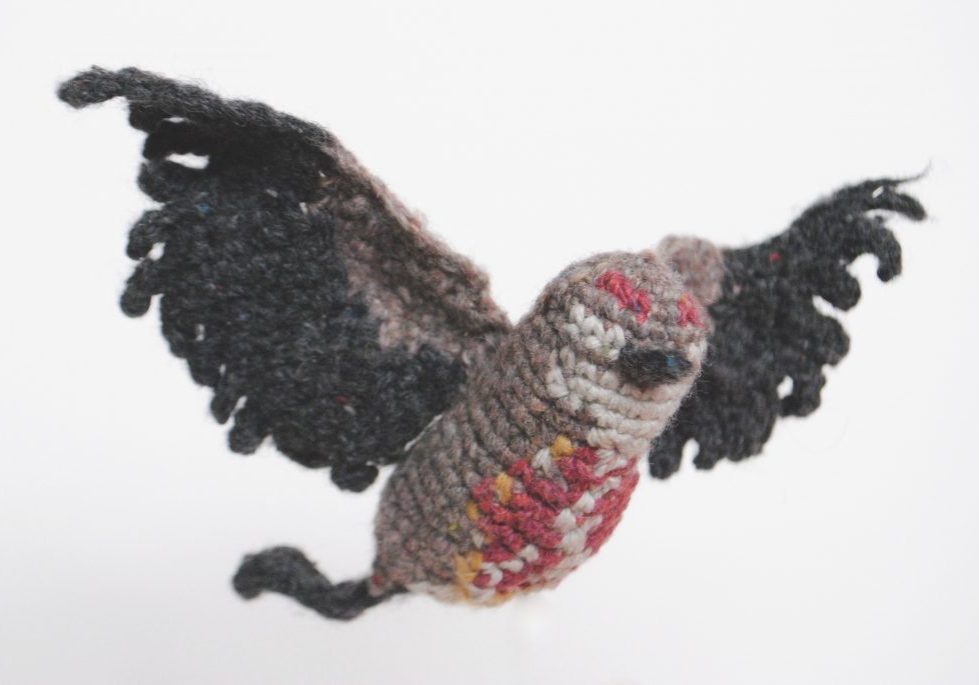

Blue Tit
Blue tits are very colourful and easy to recognise with their blue, yellow, white and green feathers. They eat insects, caterpillars, nuts and seeds and in winter family flocks join up with other tits to search for food. Blue tits are frequent visitors to gardens and can often be seen on bird feeders.
Length: 12cm
Wingspan: 18cm
Weight: 11g
Average lifespan: 3 years
When to see: All year round

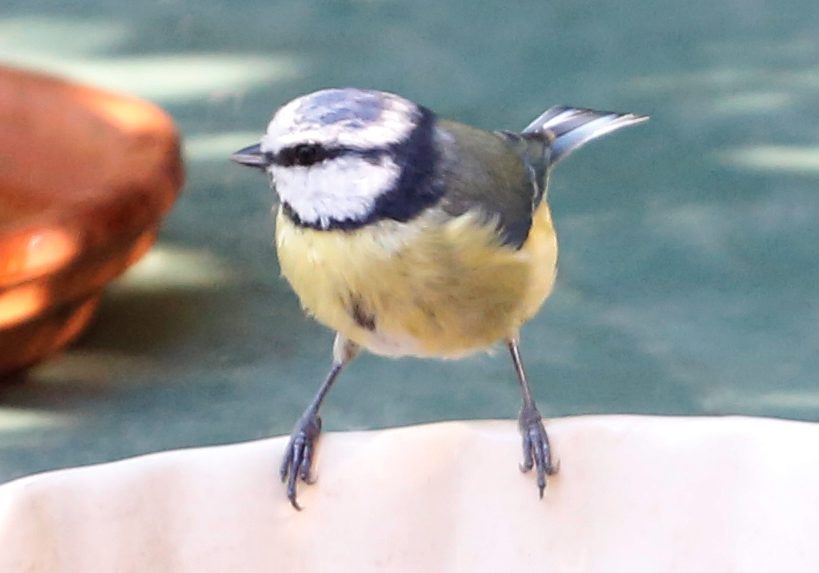
Black Redstart
Named after the grey/black plumage and red tails of male birds (juveniles and females are paler in colour) these small birds are adapted to live at the heart of industrial and urban centres but are now becoming extremely rare with only 100 breeding pairs in the UK. They eat insects, spiders, worms, berries and seeds.
Length: 14cm
Wingspan: 22cm
Weight: 15g
Average lifespan: 2 years
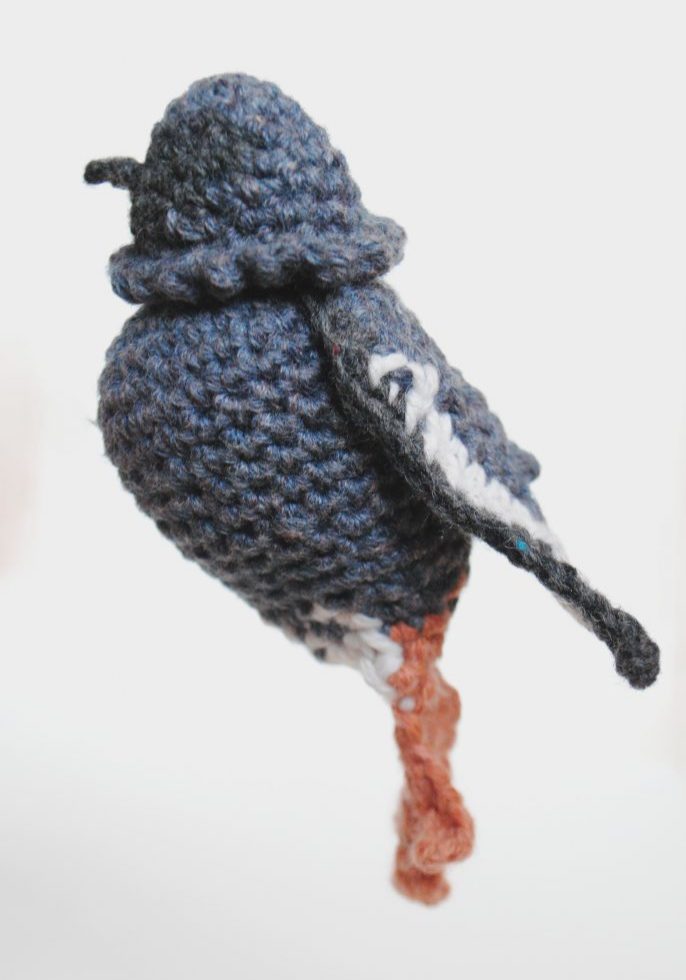
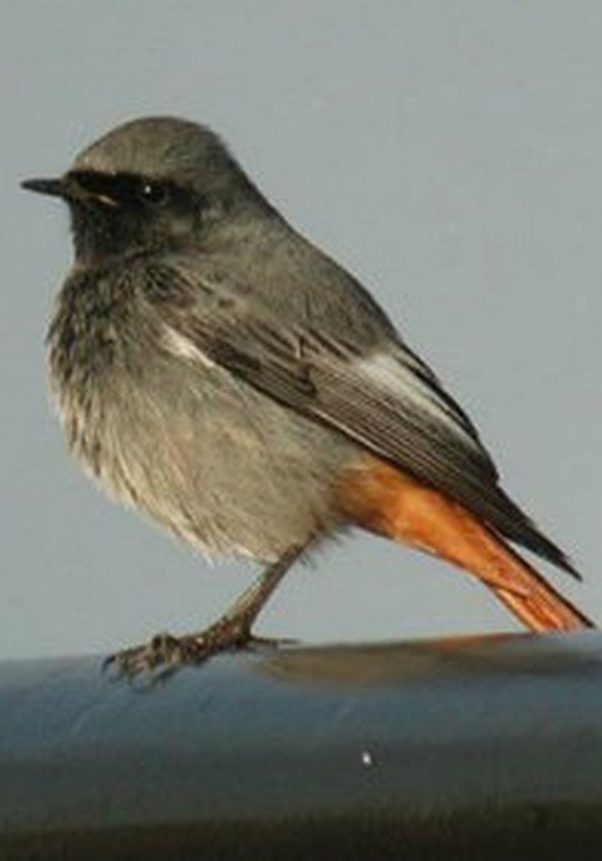
Suggested activities
In the classroom
Make a top trumps game with all your favourite birds and play with your friends.
We have given you the stats for our film star birds here but you can look them up for other birds which you might have seen in the cemeteries e.g. robin, magpie, crow, blackbird, chiff chaff, wren, sparrow. You can find their stats online e.g. The Wildlife Trust website or in a book. Download Top Trumps template PDF.
Make pinecone bird feeders to hang in the playground, your garden or a local green space like the cemeteries.
In the cemeteries
Go birdwatching, make a note of any birds you spot (you can describe them, take a photo or draw a picture if you don’t know the species name), where you see them and what they are doing. Download the go bird watching sheet.
You can compare your records with others in your group to see how many different birds you spotted. Now is a good time to look up any birds you didn’t know online or in a book.
Be quiet and listen, can you hear any birds singing? Spring is the best time to hear lots of different birds. You can practice listening to common birdsongs here to learn the difference between them:
You can be citizen scientists and upload your records to the iNaturalist app, or EcoRecord website to help build a picture of the wildlife living in your area.
